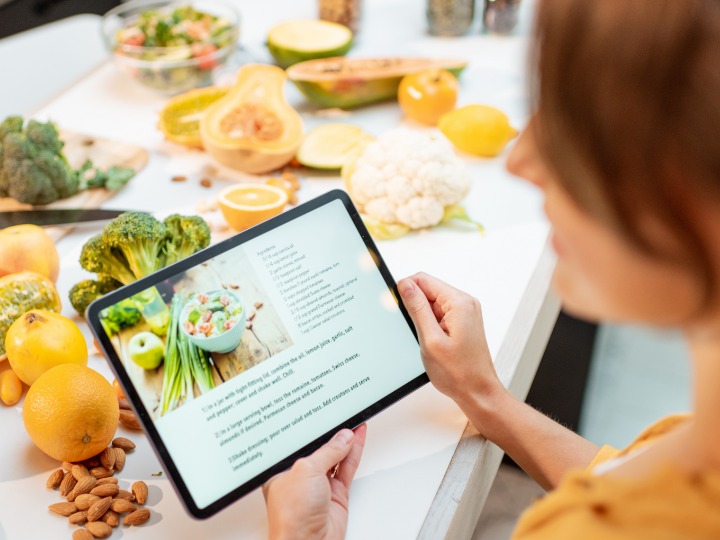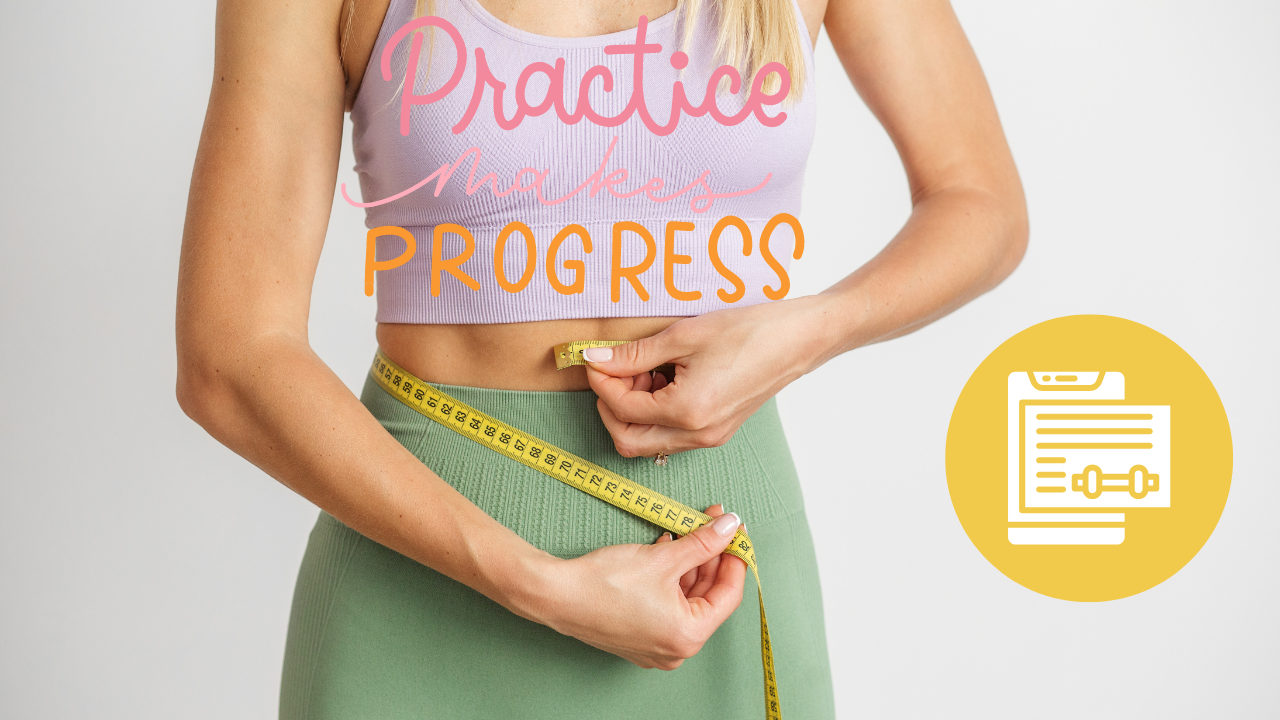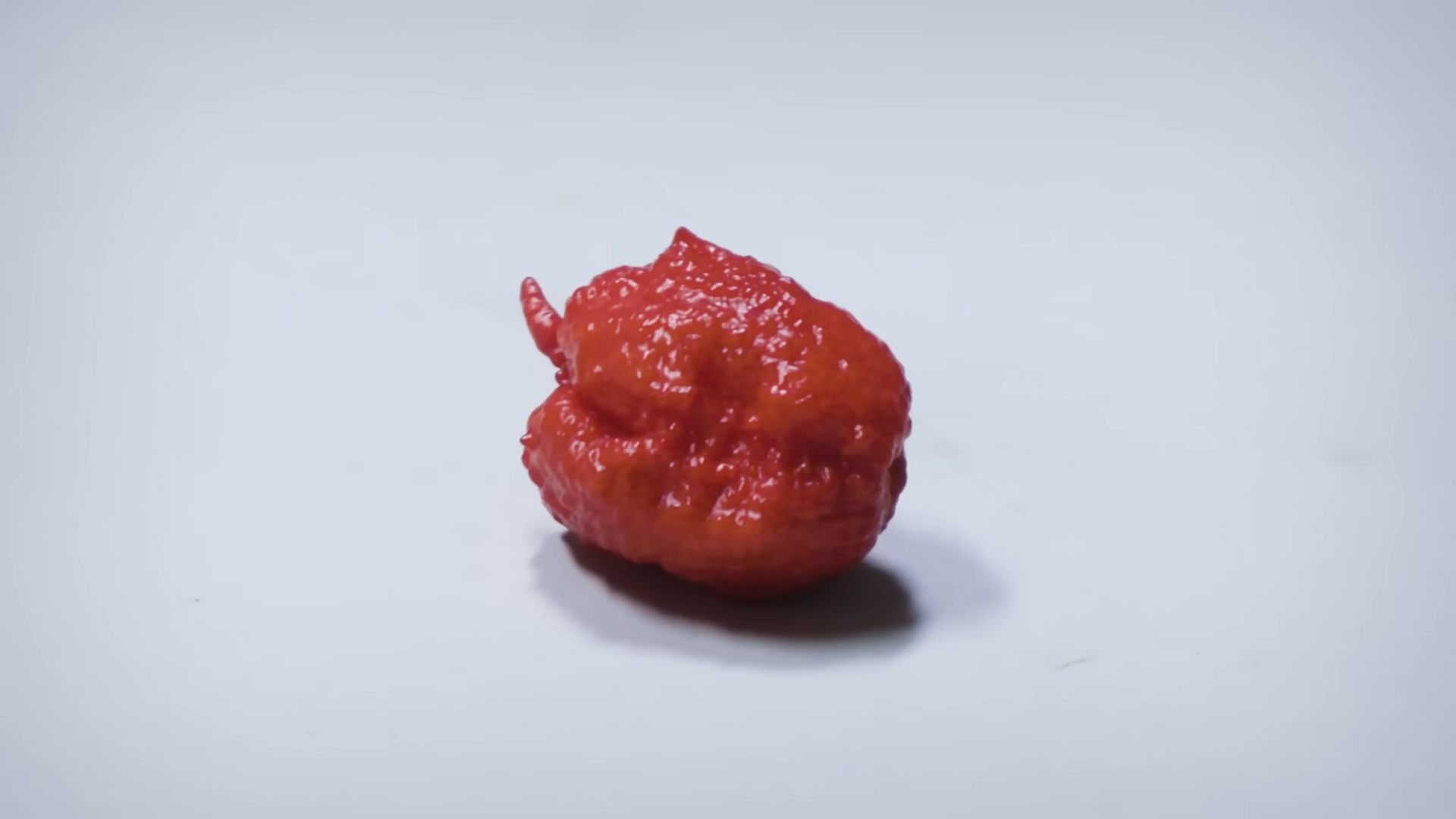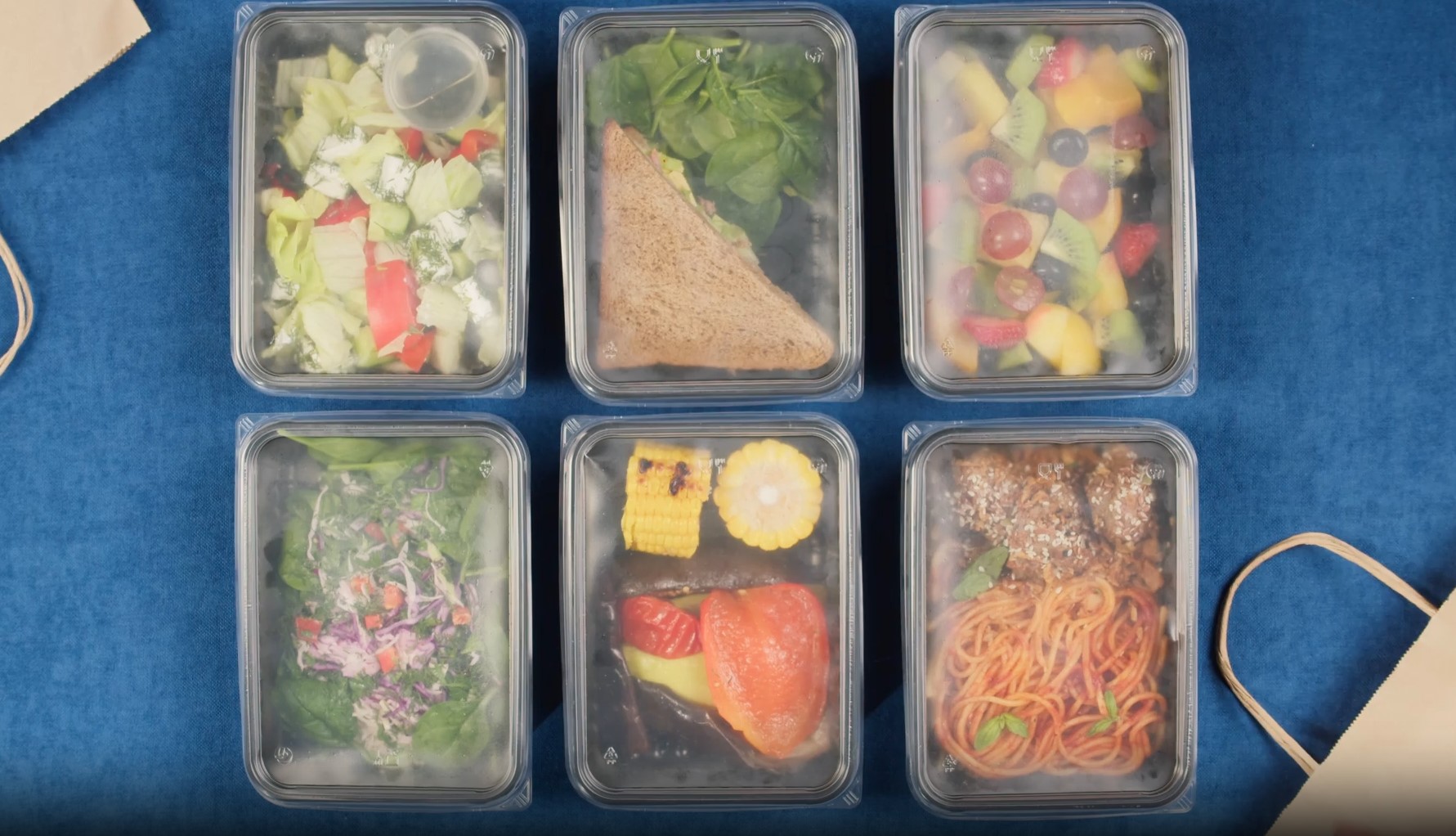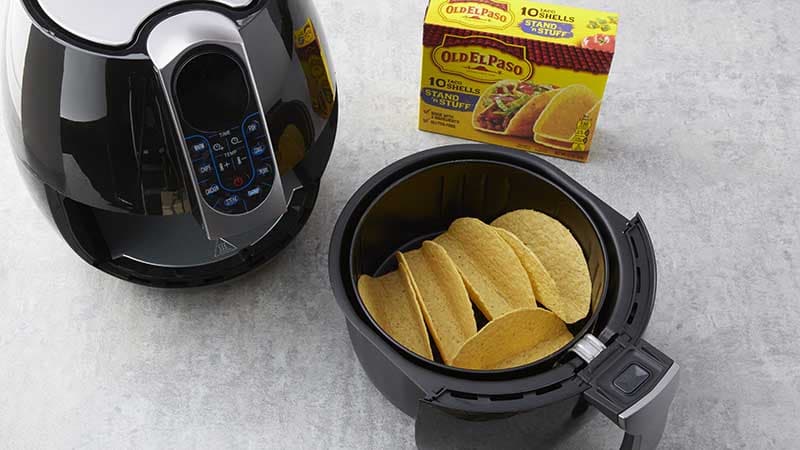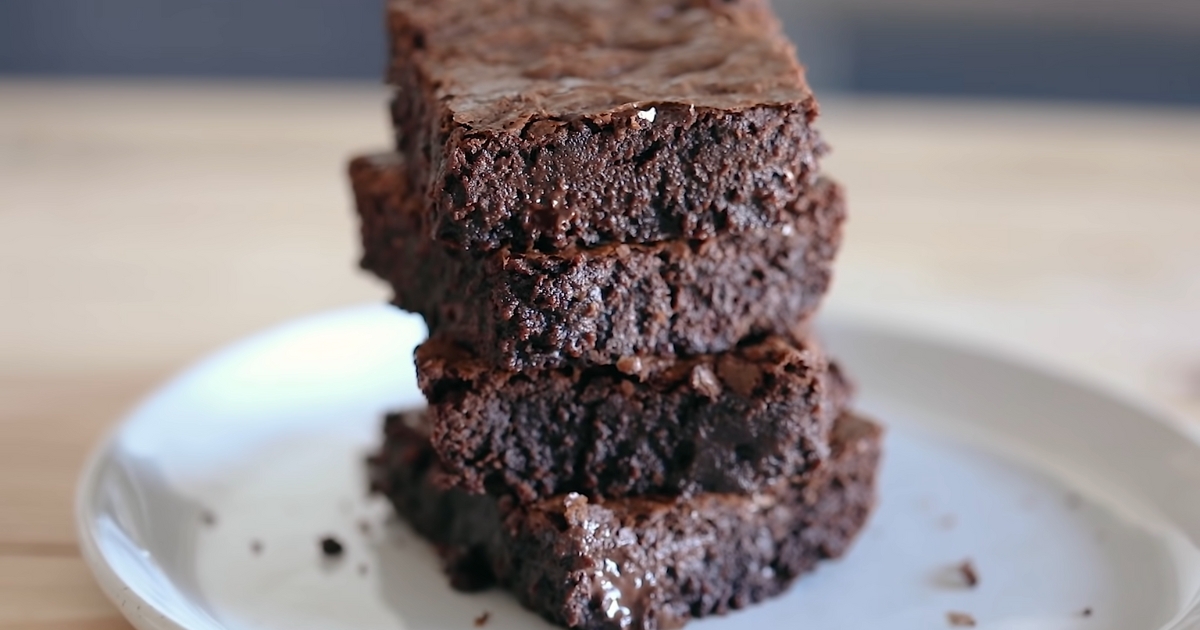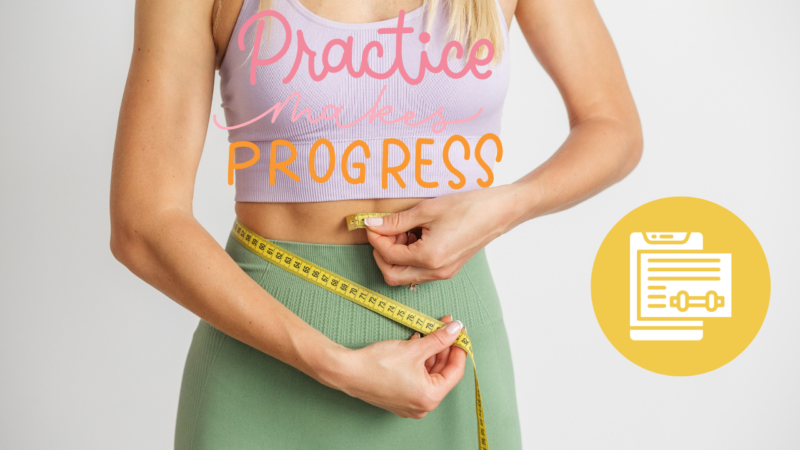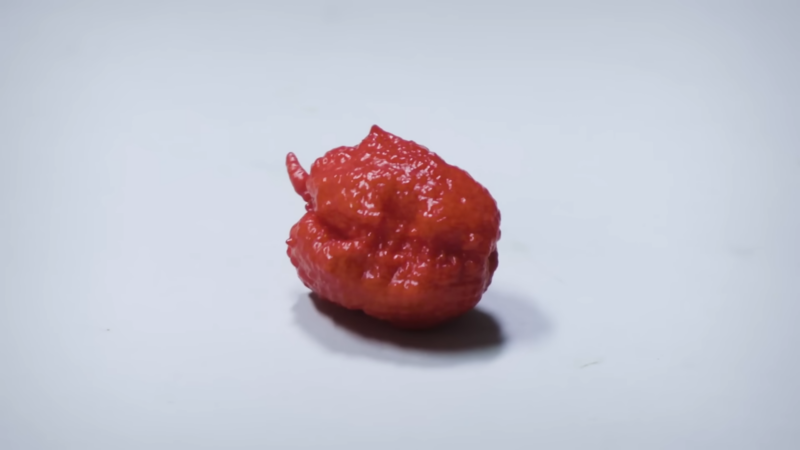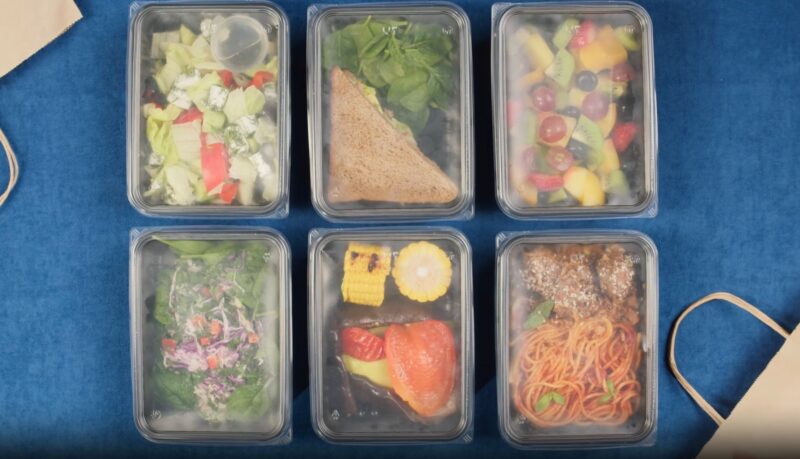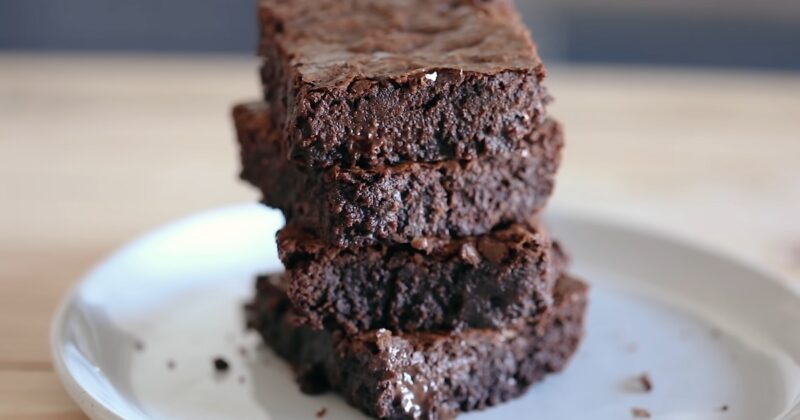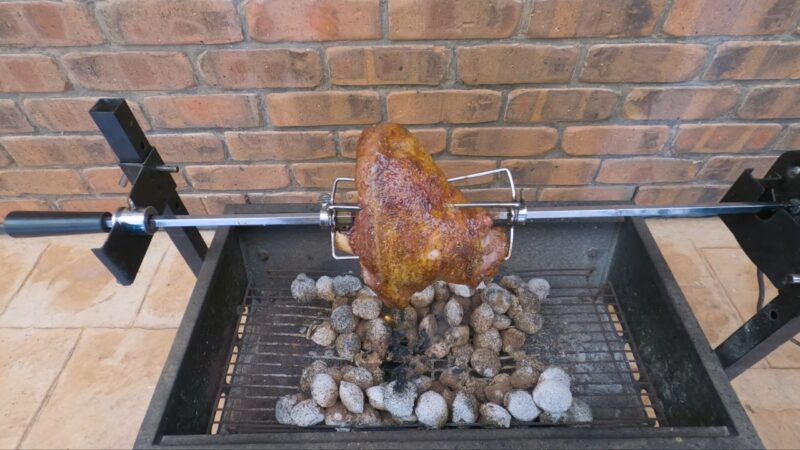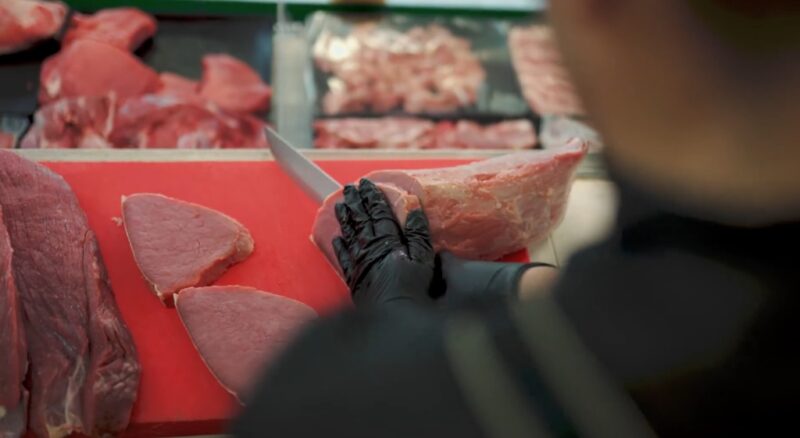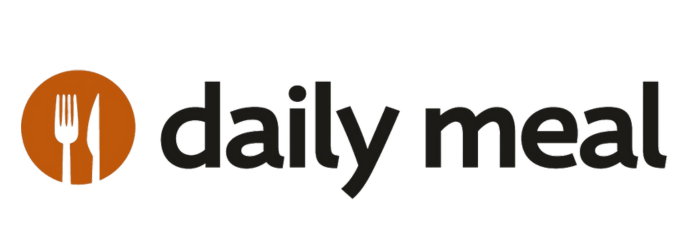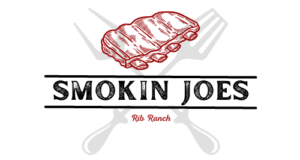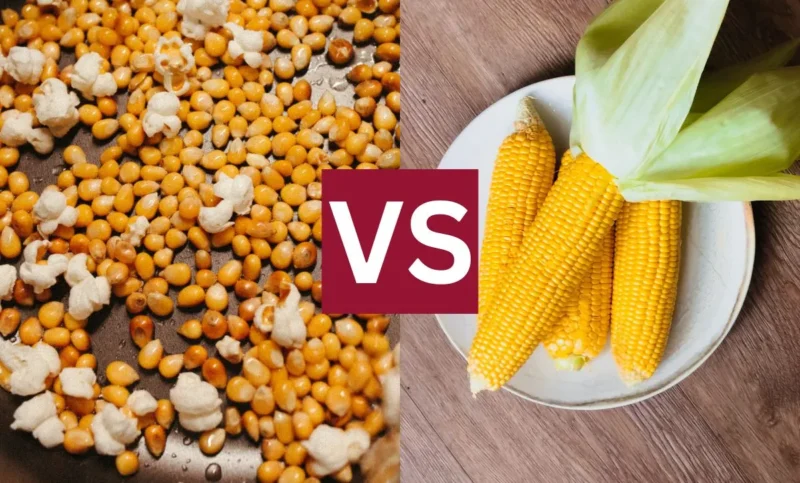
Have you ever gazed at a fresh corn-on-the-cob, with its juicy kernels glistening in the sun, and pondered if it could be turned into the delightful, fluffy popcorn we all adore? I must admit, the thought has crossed my mind on numerous occasions, especially during those summer barbecues when corn is aplenty.
Today, we’re embarking on a journey to uncover the truth behind this intriguing idea. We’ll explore the differences between sweetcorn and the corn used for popping, and by the end, you’ll have a clear answer to this culinary conundrum.
Can You Pop Sweetcorn?
Alright, let’s address the burning question right off the bat. Is it possible to pop sweetcorn? The straightforward answer is no. Sweetcorn, also known as corn-on-the-cob, isn’t the go-to choice for making popcorn. But why? The secret lies in the kernel’s composition.
Both sweetcorn and popcorn hail from the maize family, but their kernels differ significantly, especially when it comes to moisture content and structural integrity. While the idea of popping sweetcorn is tantalizing, the reality is that its kernels lack the necessary characteristics to transform into the popcorn we know and love.
Dent Corn vs. Popcorn
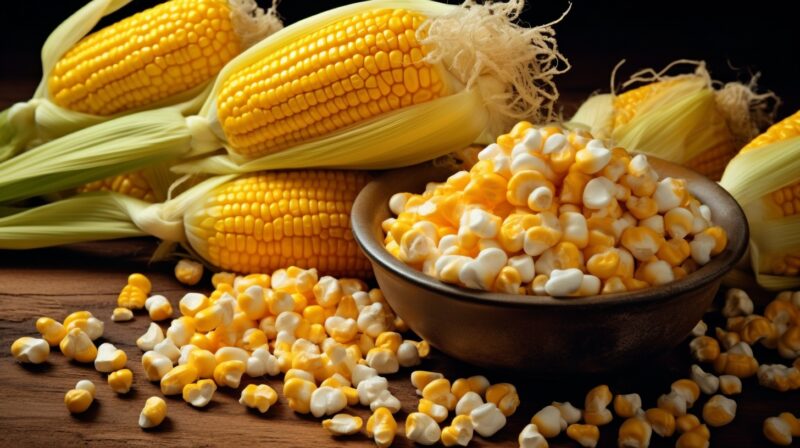
Corn, a fundamental ingredient in many global cuisines, isn’t a one-size-fits-all crop. There are various types, each with its unique properties and uses. Among the most prevalent are dent corn and popcorn. So, what distinguishes these two?
Dent corn, aptly named for the tiny dent that appears on each kernel upon drying, is the variety we encounter most frequently. It’s the backbone of many culinary creations, from cornmeal and tortillas to high fructose corn syrup. Its malleable texture and adaptability have cemented its place in kitchens around the world.
In contrast, popcorn stands out as the rebel in the corn lineage. Its kernels, characterized by a tough outer shell encasing a starchy interior, are primed for popping when subjected to heat. This unique composition is why only popcorn kernels give us that satisfying “pop” and not dent corn or sweetcorn.
| Feature | Dent Corn | Popcorn |
| Use | Culinary (cornmeal, syrup) | Snacking |
| Kernel Texture | Soft | Hard outer shell |
| Ability to Pop | No | Yes |
Dent corn’s versatility is evident in its wide range of applications, from culinary delights to animal feed. Popcorn, on the other hand, has a singular, beloved purpose: to be our gluten-free go-to snack, especially during movie nights or cozy evenings at home.
| Corn Variety | Primary Uses |
| Dent Corn | Cornmeal, high fructose corn syrup, animal feed |
| Popcorn | Popping for snacks |
| Sweetcorn | Grilling, boiling, roasting, salads |
Characteristics of Popcorn Kernels
Popcorn kernels are truly fascinating. At a glance, they might seem like any other corn kernel, but there’s a world of science behind that satisfying pop. First and foremost, the outer shell, known as the pericarp, is both hard and impermeable. This tough exterior is crucial for the popping process, as it traps steam inside the kernel.
Inside this robust shell lies the endosperm, which is packed with moisture and starch. When heated, the moisture turns to steam, and as the pressure builds, the starch gelatinizes. This process continues until the pressure is too much for the pericarp to contain, leading to the explosive pop we all anticipate.
The Popcorn Popping Process
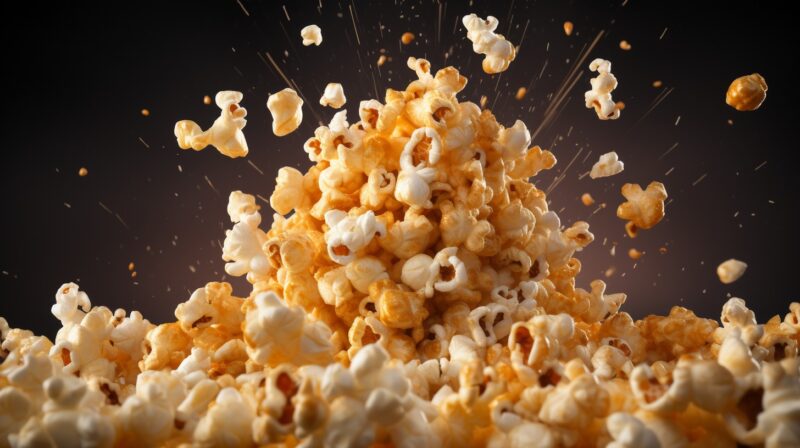
The magic of popcorn lies in its transformation. From a small, hard kernel to a fluffy, white snack, the journey is nothing short of miraculous. So, how does this happen?
- Heating: The process begins with heating, which can be done in a variety of ways – on the stovetop, in an air popper, or in the microwave. The goal is to heat the kernel uniformly.
- Steam Generation: As the kernel heats up, the water inside it turns to steam. This steam causes the starch inside the kernel to become a hot, doughy mass.
- The Pop: The pressure from the steam continues to build until the hard outer shell can no longer contain it. The kernel then ruptures, causing the starch to expand and solidify instantly, resulting in the fluffy popcorn we enjoy.
Sweetcorn and Its Uses
Sweetcorn, with its juicy kernels and natural sweetness, is a summer favorite for many. While it might not pop like popcorn, its culinary applications are vast and varied. Grilling sweetcorn brings out its natural sugars, giving it a delightful caramelized flavor. Boiling is another popular method, often enjoyed with a sprinkle of salt and a pat of butter.
Roasting sweetcorn deepens its flavor profile, making it a perfect addition to salads, tacos, and other dishes. Its natural sweetness complements a variety of ingredients, from tangy feta cheese to spicy jalapeños.
Experimenting with Sweetcorn
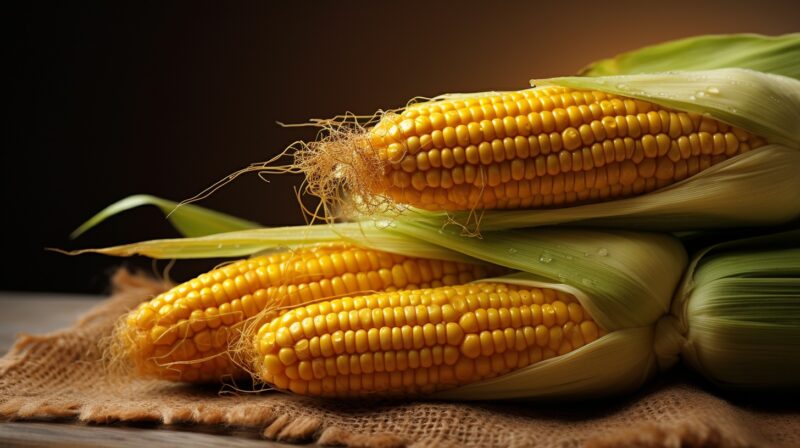
Sweetcorn, with its vibrant yellow hue and juicy texture, is a canvas for culinary creativity. While traditional methods like grilling and boiling have their charm, there’s a world of innovative dishes waiting to be explored. Ever tried sweetcorn salsa? Combining fresh sweetcorn kernels with diced tomatoes, onions, cilantro, and a squeeze of lime creates a refreshing side dish perfect for summer barbecues.
Another delightful way to enjoy sweetcorn is in salads. Picture this: roasted sweetcorn, mixed greens, cherry tomatoes, avocado slices, and a tangy vinaigrette. The burst of flavors and textures is sure to be a hit. And for those who like a little heat, sweetcorn makes a fantastic base for spicy corn chowder, enriched with cream and flavored with smoked paprika.
Tips for Making Perfect Popcorn
Ah, popcorn! A snack that’s both simple and complex. While popping corn might seem straightforward, a few tips can elevate your popcorn game to new heights.
- Choose the Right Oil: Not all oils are created equal. For popping, opt for oils with a high smoke point like coconut or canola. They heat well without burning.
- Don’t Overcrowd the Pan: Give your kernels space to pop. Overcrowding can lead to unevenly popped corn and, worse, burnt kernels.
- Season While Hot: Whether you’re a fan of classic butter and salt or adventurous with your seasonings, always season while the popcorn is hot. This ensures the flavors meld well.
- Shake the Pan: When popping on the stovetop, give the pan an occasional shake. This prevents kernels from sticking and burning.
FAQ
Is popcorn considered healthier than sweetcorn?
While both popcorn and sweetcorn are derived from corn, they have distinct nutritional profiles. Popcorn, when air-popped and without added butter or salt, is a low-calorie, high-fiber snack. Sweetcorn, on the other hand, contains more sugars, giving it its sweet taste. However, sweetcorn also offers essential vitamins and minerals. The healthiness of either depends on preparation methods and consumption quantities..
Why can’t you eat popcorn directly off the cob?
Popcorn grows on a cob, much like sweetcorn. However, the kernels of popcorn are hard and dried out. Attempting to eat them directly without heating can be harmful and might even lead to cracked teeth. The magic of popcorn lies in its ability to pop when heated, transforming the hard kernel into a fluffy snack.
How are sweetcorn and popcorn harvested differently?
Sweetcorn is harvested when the kernels are at their peak tenderness, and the plant is still alive. This ensures the kernels remain juicy and sweet. Popcorn, in contrast, is harvested when the kernels have dried out, and their moisture content is 25% or less. This drying is crucial for the kernels to pop effectively when heated.
Do sweetcorn and popcorn have different shapes of kernels?
Yes, there are noticeable differences in kernel shapes. Sweetcorn kernels are round and plump, reflecting their juicy content. Popcorn kernels, while also round, are more compact and have a harder exterior, which is essential for the popping process.
Conclusion
As we wrap up our corn-filled journey, a few key takeaways emerge. Firstly, while sweetcorn might not satisfy our popcorn cravings, it holds a special place in the culinary world with its versatility and natural sweetness. On the other hand, popcorn, with its unique popping ability, remains a beloved snack across generations.
Both types of corn offer a myriad of flavors and experiences. So, whether you’re munching on a bowl of freshly popped corn during movie night or savoring a roasted sweetcorn salad on a sunny afternoon, there’s no denying the charm of these golden kernels.
Related Posts:
- Can You Make Meatloaf Without Eggs? - Yes, you can!
- Can Popcorn Expire? Poppin' Facts
- When Can Kids Eat Popcorn? A Parent's Guide to Safe Snacking
- How Many Calories in a Can of Sardines: Inside the Can
- Can You Freeze Chicken Salad? - Preserving Freshness
- Can You Freeze Scrambled Eggs? Discover How to Do It

